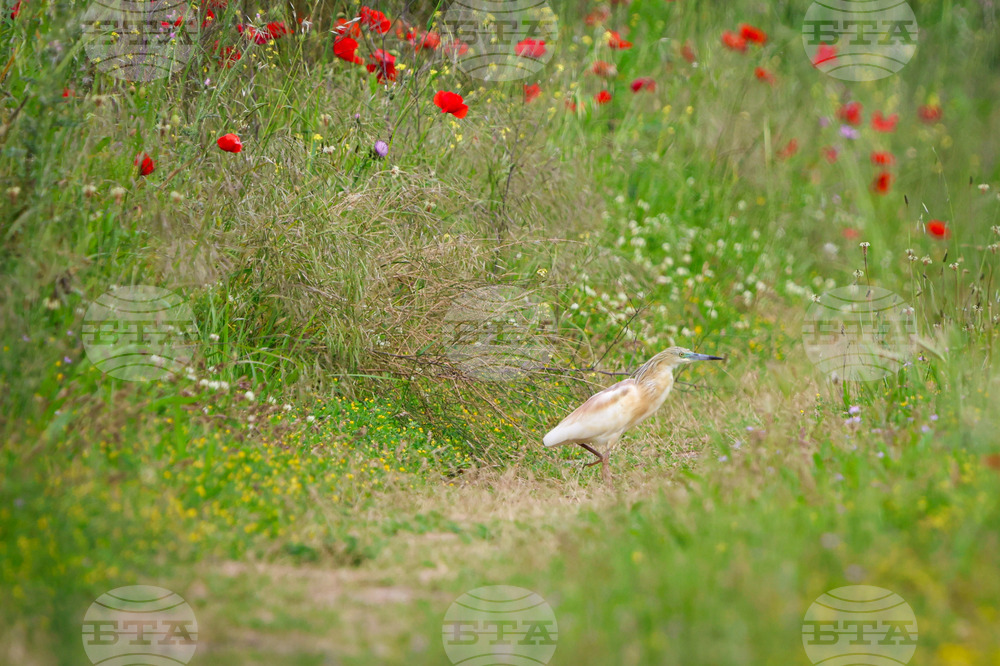site.btaJuly 9, 2001: Kalimok-Brushlen Becomes Bulgaria's Biggest Protected Area as Habitat of over 200 Bird Species


On July 9, 2001, a ministerial order gave the 5,772-ha Kalimok-Brushlen area comprising seven Bulgarian Danube islands in Slivo Pole and Tutrakan municipalities, a protected site status. The purpose was to conserve the diversity of the unique wetland ecosystems and landscapes typical of the region, as the habitats of valuable plant and animal species, including over 200 bird species, of which 164 covered by European and World conservation conventions, 43 included in Bulgaria's Red Data Book, and 130 protected under the Nature Protection Act.
Kalimok-Brushlen is the biggest protected area in Bulgaria. It is located along the former flooded lowland between Babovo and Tutrakan (Northeastern Bulgaria), and includes all Bulgarian islands in this part of the Danube: Mishka, Malak Brashlen, Pyasachnik, Bezimenen, Kalimok, and Radetski. The protected site lies within the territory of the municipalities of Slivo Pole and Tutrakan.
The Kalimok-Brushlen area boasts natural flooded forest of willows and poplars along with large spaces covered with Bulrush (Typha latifolia), reed (Phragmites australis), indigo bush (Amorpha fruticosa) and some rare and endangered plant species, such as summer snowflake (Leucojum aestivum), yellow flag (Iris pseudacorus), water chestnut (Trapa natans), yellow water lily (Nuphar lutea) and floating watermoss (Salvinia natans).
The flooded forests and the marshes are very important for the feeding and breeding of the birds in the area. About 242 bird species are found in the area, of which more than 134 are nesting there. Kalimok-Brushlen is home to many rare bird species, such as the Great cormorant (Phalacrocorax carbo) and the Pigmy cormorant (Phalacrocorax pygmeus), the Common spoonbill (Platalea leucorodia), the Ferruginous duck (Aythya nyroca), the Squacco heron (Ardeola ralloides), the Whiskered tern (Chlidonias hybridus). The loud, grating “krek-krek” call of the male Corn crake (Crex crex) can be heard 1.5 km away.
Over 20 species of reptiles and amphibians can be found on the territory of the protected area, as well as 59 fish species. Some of them, as their names in Latin suggest, are endemic for the Danube River: the Biban (Acerina cernua danubica) and Bulgarian golden loach, Shtipok, (Sabanejewia bulgarica).
Common mammals on the territory of the protected site are the European ground squirrel (Spermophilus citellus), known as Souslik, which is a globally endangered species. Other common mammals in Kalimok-Brushlen are the Wild boar (Sus scrofa), the Red deer (Cervus elaphus), and the Roe deer (Capreolus capreolus). The Red fox (Vulpes vulpes), the Common jackal (Canis aureus), the Wildcat (Felis silvestris), the European water vole (Arvicola amphibius), and the Harvest mouse (Micromys minutus) are also found on the territory. The European otter (Lutra lutra) can also be seen but rarely.
The ecosystem balance of Kalimok-Brushlen is still fragile, slowly recovering from decades of high anthropogenic pressure: drainage of the marshes, building of dikes and fishponds, overgrazing, deforestation. The ecosystem suffers from other results of human activity, such as wildfires.
/DS/
news.modal.header
news.modal.text